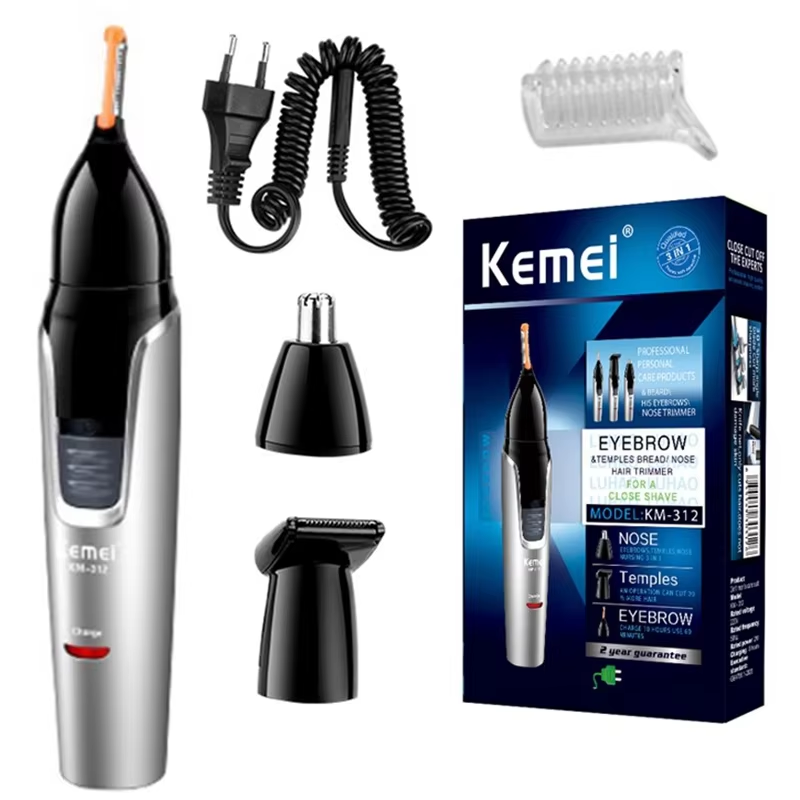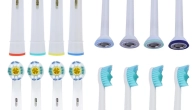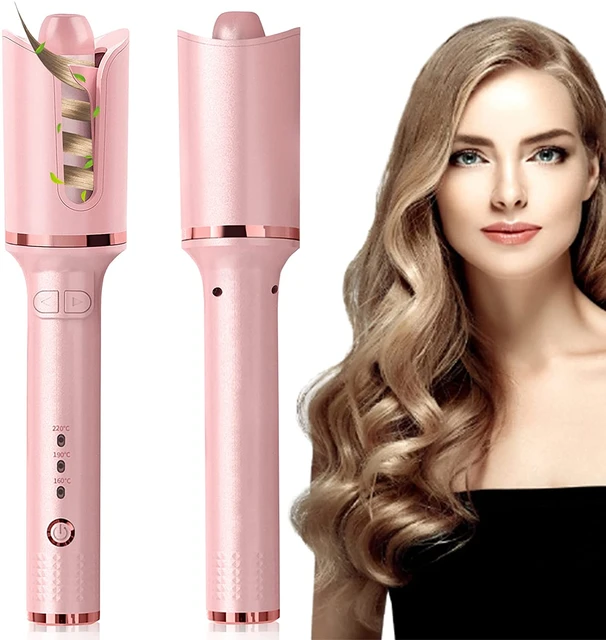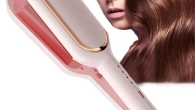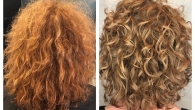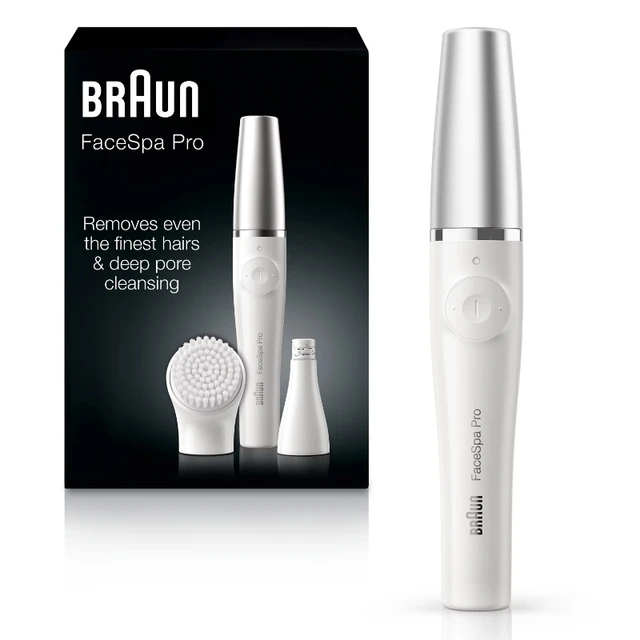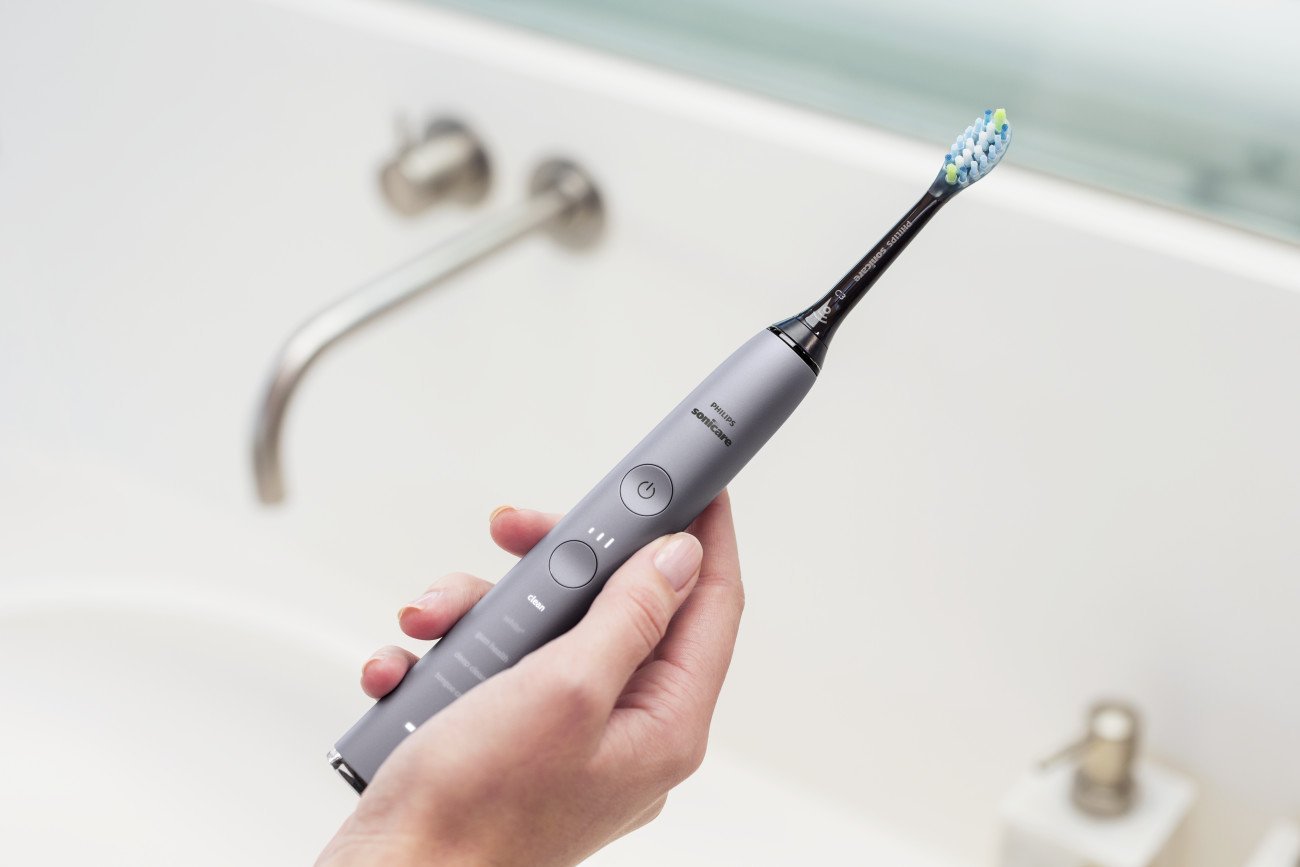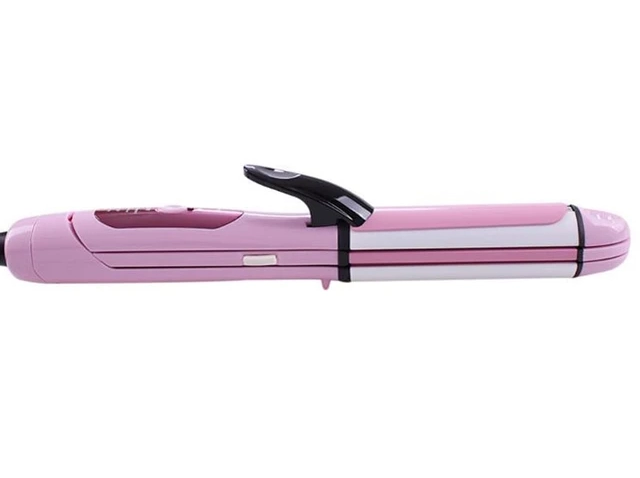
What temperature should a curling iron be for beach waves?
Introduction
Achieving beautiful beach waves with a curling iron requires more than just the right technique and tools. Finding the optimal temperature setting is crucial in creating the perfect wave pattern while minimizing heat damage to the hair. In this guide, we will explore the factors to consider when setting the temperature for beach waves with a curling iron, including hair type, texture, and the desired style.
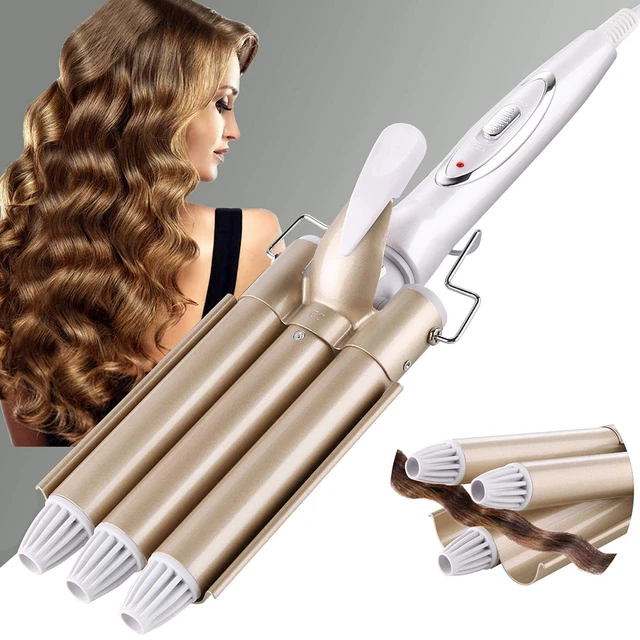
What temperature should a curling iron be for beach waves?
I. Understanding Curling Iron Temperature Settings
-
Variable Temperature Feature:
- Most curling irons offer adjustable temperature settings, allowing users to customize the heat level according to their hair type and styling needs. Variable temperature options provide flexibility and a personalized approach to hairstyling.
-
Heat and Hair Damage:
- Higher temperatures can cause heat damage to the hair, including dryness, breakage, and loss of shine. It is crucial to find a balance between achieving the desired beach wave style and protecting the hair from excessive heat exposure.
II. Evaluating Hair Type and Texture
-
Fine or Thin Hair:
- Fine or thin hair is generally more delicate and prone to heat damage. It is recommended to use lower heat settings to protect the hair while still achieving the desired beach wave effect. A lower temperature range of 250°F to 300°F (120°C to 150°C) is often suitable for fine or thin hair.
-
Medium or Normal Hair:
- Medium or normal hair can tolerate slightly higher temperatures compared to fine hair. A temperature range of 300°F to 350°F (150°C to 175°C) is typically suitable, depending on the thickness of the hair strand and the desired wave texture.
-
Thick or Coarse Hair:
- Thick or coarse hair typically requires higher temperatures to effectively style the hair and achieve lasting results. A temperature range of 350°F to 400°F (175°C to 200°C) is often appropriate for thick or coarse hair types, allowing the heat to penetrate through the hair strands more effectively.
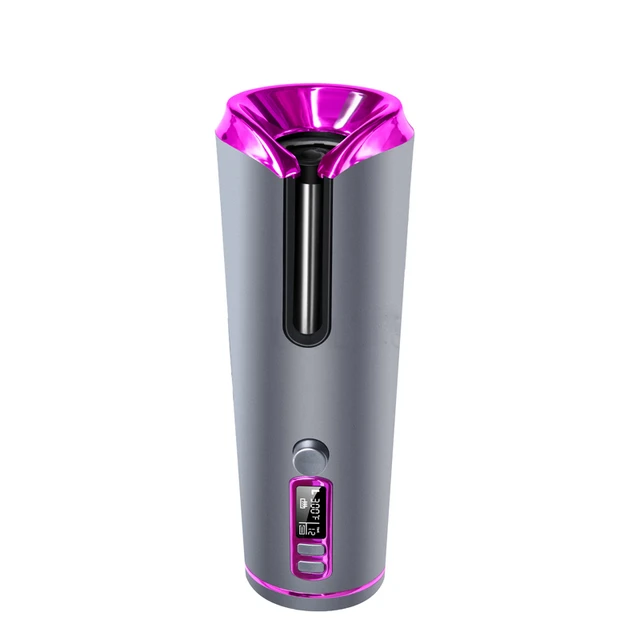
III. Balancing Heat and Hair Health
-
Heat Protection Products:
- Apply a heat protectant product to your hair before heat styling to minimize damage caused by high temperatures. Heat protectants create a barrier between the hair shaft and the heat, reducing the direct impact on the cuticle.
-
Testing a Strand:
- Before curling your entire head of hair, it is advisable to test a small section or strand of hair with the chosen temperature setting. This helps determine whether the heat is suitable for your hair type and prevents potential damage or unwanted outcomes.
-
Keep Heat Exposure to a Minimum:
- Minimize the amount of time the hair is exposed to heat by using the curling iron for shorter durations on each section. This reduces the risk of overheating and damage, while still achieving the desired wave pattern.
IV. Styling Methods and Techniques
-
Wrapping vs. Twisting:
- Different curling techniques can influence the temperature setting required to achieve beach waves. When wrapping the hair around the barrel, high heat may be needed to set the curl. On the other hand, twisting the hair around the barrel often requires lower heat settings.
-
Adjusting Holding Time:
- The amount of time you hold the hair around the barrel can affect the wave pattern and longevity of the style. Longer holding times create more defined curls, while shorter holding times produce looser, more natural-looking waves.
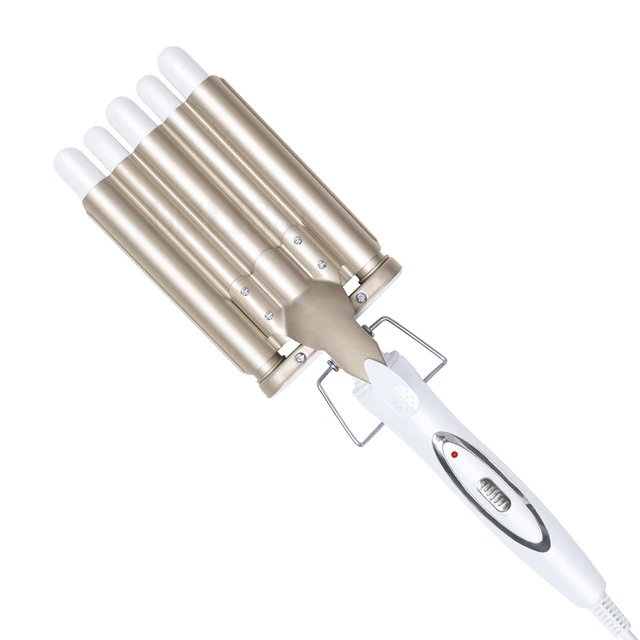
V. Considering Climate and External Factors
-
Humidity Levels:
- High humidity can cause curls to drop quickly, while low humidity can result in the hair looking frizzy or flat. Adjusting the temperature slightly based on the climate can help create more long-lasting beach waves in different weather conditions.
-
Hair Prep and Products:
- The type of products and preparation techniques used before curling can also impact the temperature requirements. Applying texturizing or styling products that improve hold or add volume can help create beach waves that last longer, potentially allowing for lower heat settings.
VI. Personal Preference and Experimentation
-
Customizing the Style:
- Ultimately, the temperature setting for beach waves depends on personal preference and the desired style outcome. Experiment with different temperatures, curling techniques, and products to find what works best for you.
-
Hair and Scalp Sensitivity:
- Take into account the sensitivity of your hair and scalp when setting the temperature. If you experience discomfort or notice excessive heat damage, adjust the temperature accordingly to ensure the health and integrity of your hair and scalp.
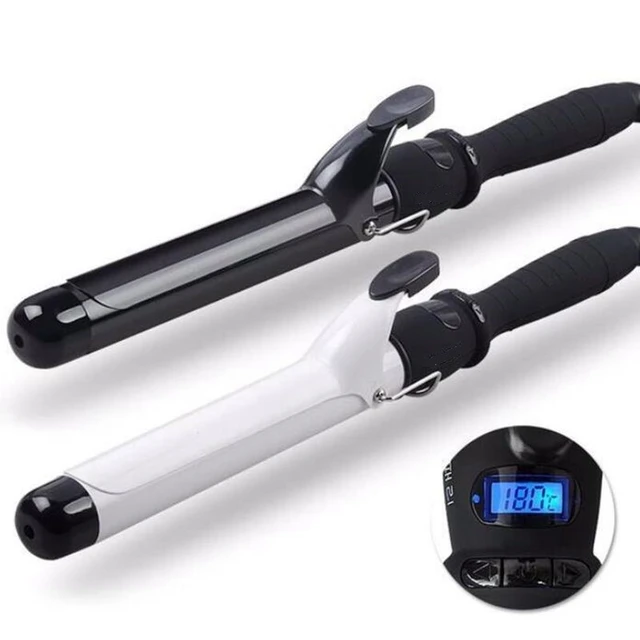
VIII. Additional Tips for Achieving Perfect Beach Waves
-
Prep Your Hair:
- Before using a curling iron, it is essential to prepare your hair properly. Start with clean, dry hair, and consider adding a volumizing or texturizing spray to enhance the beachy texture. Avoid using heavy styling products that may weigh down your waves.
-
Divide and Conquer:
- Section your hair into manageable parts before curling. This ensures that each section receives equal heat distribution and allows for more precise styling. Use clips or hair ties to separate the hair into sections and work through them one at a time.
-
Wrap Away from Your Face:
- For a natural beach wave look, alternate the direction in which you wrap the hair around the curling iron barrel. Starting from the front, wrap the hair away from your face on one side and towards your face on the other side. This creates a more effortless and natural-looking wave pattern.
-
Leave the Ends Out:
- To achieve a relaxed beach wave style, leave the ends of your hair out of the curling iron. This creates a more undone and carefree look. Focus the curling iron on the mid-lengths of the hair for a more tousled effect.
-
Finger Comb or Loosen the Curls:
- Once you have finished curling your entire head, gently run your fingers through the waves or use a wide-toothed comb to loosen them. This breaks up the curls and gives them a softer, more natural appearance.
-
Set with a Light Hold Hairspray:
- To ensure your beach waves hold their shape, lightly mist your hair with a flexible hold hairspray. This provides a soft hold that keeps the waves intact without making them stiff or unnatural.
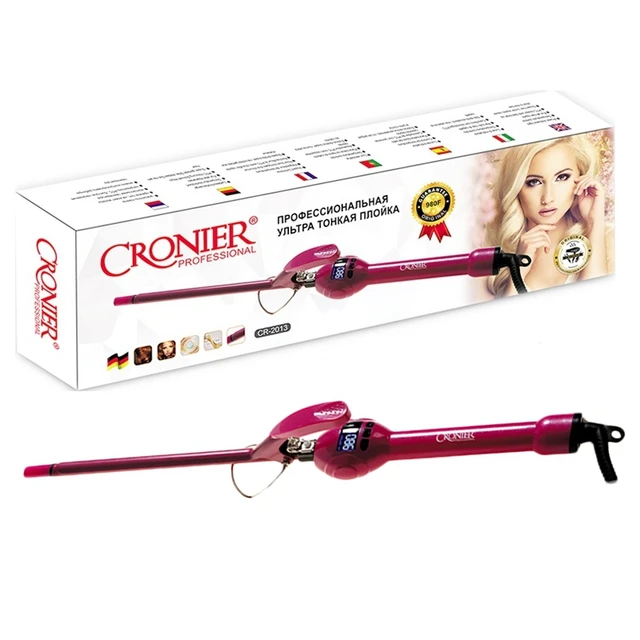
VII. Conclusion: Achieving Beautiful Beach Waves with Optimal Temperatures
Finding the right temperature for beach waves with a curling iron requires consideration of various factors, including hair type, texture, and the desired style outcome. Balancing the need for achieving the desired wave pattern with protecting the hair from heat damage is essential.
Fine or thin hair typically benefits from lower temperature ranges, while thicker or coarse hair may require higher temperatures. Utilize heat protectant products, test strands beforehand, and minimize heat exposure to maintain hair health while achieving beautiful beach waves.
Experimentation with different temperatures, curling techniques, and products allows for customization and the ability to create personalized beach wave styles. By understanding your hair’s unique characteristics and considering external factors, you can confidently set the optimal temperature for beach waves, achieving the desired look while keeping your hair healthy and vibrant.




